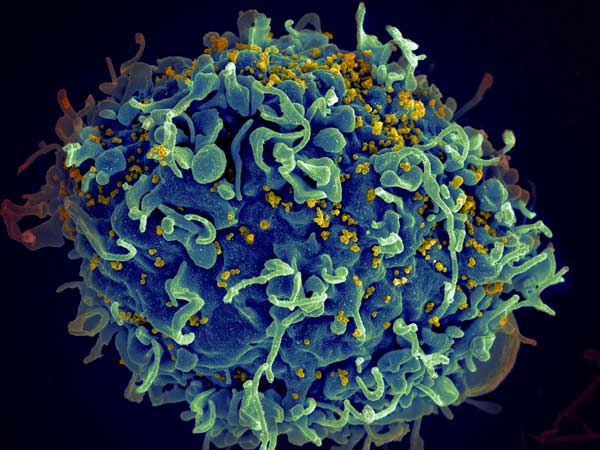Nicotine Linked to Sleep Apnoea Risk

In a first-of-its-kind, scientists from the Heart Research Institute (HRI) have made the link between amounts of nicotine in the blood and their sleep apnoea risk.
Sleep apnoea occurs when a person’s throat and upper airway become partly or totally blocked during sleep, causing short periods where breathing ceases.
In a new paper published in ESC Heart Failure, Heart Research Institute (HRI) scientists found increases in nicotine levels were associated with a 2.3 minute increase in the time spent with oxygen saturations below 90%.
One of the markers of severity of sleep apnoea is time spent with an oxygen saturation less than 90%.
Lead researcher Dr John O’Sullivan, said this meant that for every cigarette a person smoked, the more they increased the risk of “dangerously low” oxygen levels.
“People who spend more time with an oxygen saturation less than 90 percent end up with more cardiovascular death than people who don’t,” Dr O’Sullivan said.
“We know smoking is bad for the heart – it’s one of the major risks for heart attacks – and although smoking is known to reduce oxygen concentration in the blood, the interaction of smoking with sleep apnoea has not been quantified. Using blood concentrations of the major nicotine metabolite, we were able for the first time to quantify the effect of smoking on oxygen concentrations at night in people with sleep apnoea.
“A standardised increase in levels of this metabolite was associated with 2.3 more minutes with an oxygen concentration less than 90 percent in people with sleep apnea. Time with an oxygen concentration less than 90% is a proven indicator of bad cardiovascular outcome.”
Sleep apnoea and congestive heart failure comorbidities are common, but their interaction is unclear. To find out more, Dr O’Sullivan’s team used hundreds metabolites to understand this interaction.
“Believe it or not, stiff heart failure – when the heart muscle can still pump blood but is stiff and cannot relax properly – is the most common form of heart failure today and we have almost no treatment options,” Dr O’Sullivan said.
“We measured molecules in the blood called metabolites and looked at the changes in these metabolites and related these to the severity of sleep apnoea.”
Metabolomics is a relatively new field of study that investigates metabolites, which are the components of your metabolism and play key roles in disease. They can provide insight into how one disease is linked to another, like in this case the consequences of sleep apnea and heart failure. Several metabolites are also key fuels for the working heart, and others form the units of energy by which the heart works.
The team studied metabolites and lipids in 3443 people from two US studies, including the landmark Framingham study.
Dr O’Sullivan said Framingham was known as the “town that changed America” because of the multi-generational study started in 1948 that subsequently identified the cardiovascular risk factors we still use today. Much research using this study is openly available internationally, enabling researchers around the world.
“Accurate measurement of disease combined with blood metabolite levels is far more accurate than self-reported questionnaires – that’s one of the strengths of this study,” he said.
While sleep apnoea is very common (up to one in four adults), its consequences and interactions with other diseases remain poorly understood. Almost no studies have sleep study data, heart failure data, and metabolomic data in the same individuals, which is a major new feature of this study.
Source: Heart Research Institute





